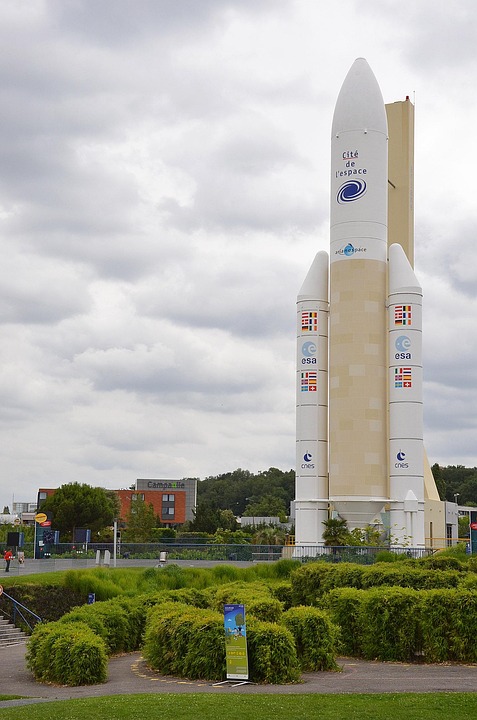The Gaming Metaverse and Real-Time Collaboration: Redefining Play, Interaction, and Creation
The concept of the gaming metaverse has moved from science fiction to a tangible frontier of digital innovation. Envisioned as a persistent, immersive, and interconnected virtual universe, the gaming metaverse blends elements of augmented reality (AR), virtual reality (VR), blockchain, and cloud computing to create spaces where players can not only game but also socialize, work, and collaborate in real time. At the heart of this evolution lies real-time collaboration, a transformative force that is reshaping how we engage with virtual worlds. This article explores the intersection of gaming metaverse and real-time collaboration, its technological underpinnings, current examples, and the future it promises.
The Evolution of Gaming into the Metaverse
Gaming has always been a social activity, but the metaverse elevates it to a new dimension. Traditional multiplayer games like World of Warcraft or Fortnite allowed players to interact, but the metaverse aims to create a unified, open ecosystem where virtual experiences are persistent, shared, and seamlessly integrated across platforms. Unlike isolated game worlds, the gaming metaverse is a sprawling, dynamic environment where players can move between different games, social spaces, and virtual economies as easily as navigating a city.
This shift is driven by advancements in technology and changing user expectations. Players now seek more than just competition—they crave shared creativity, collaborative storytelling, and community-driven experiences. The metaverse, with its decentralized and interconnected design, offers a framework for these aspirations, enabling real-time collaboration that transcends the boundaries of individual games.
The Role of Real-Time Collaboration in the Gaming Metaverse
Real-time collaboration is the backbone of the gaming metaverse. It allows players to interact simultaneously, whether in a battle royale match, a co-op adventure, or a creative workshop. This capability transforms gaming from a solitary or asynchronous activity into a live, social experience.
In the metaverse, collaboration extends beyond gameplay. For instance, players can co-design virtual worlds, build economies, or coordinate in large-scale events. Imagine a scenario where gamers from across the globe collaborate in real time to construct a digital city in Roblox, while others simultaneously hold a virtual concert in Fortnite—all within the same shared space. Such scenarios highlight the metaverse’s potential to merge entertainment, creativity, and socialization into a cohesive whole.
Technologies Powering Real-Time Interaction
Several technologies enable the seamless real-time collaboration that defines the gaming metaverse:
-
- Cloud Gaming and 5G: Services like Xbox Cloud Gaming and NVIDIA GeForce Now reduce hardware barriers, allowing players to access high-quality, low-latency experiences from any device. 5G networks ensure faster data transfer, minimizing lag and enabling smoother interactions.
-
- VR/AR Integration: Virtual reality headsets (e.g., Meta Quest, PlayStation VR) and AR glasses (e.g., Apple Vision Pro) create immersive environments where players can “meet” in 3D spaces, enhancing the sense of presence and collaboration.
-
- Blockchain and NFTs: These technologies underpin virtual ownership and economies, allowing players to trade assets, collaborate on projects, and invest in shared ventures within the metaverse.
-
- AI and Procedural Generation: AI tools assist in creating dynamic content, while collaborative platforms like Unity and Unreal Engine enable real-time content development by teams across the globe.
Together, these innovations ensure that the metaverse is not just a place to play but a living, evolving ecosystem where users can create, communicate, and cooperate instantaneously.
Examples of Real-Time Collaboration in Gaming
The gaming metaverse is already fostering groundbreaking collaborative experiences:
-
- Fortnite’s Live Events: The game has hosted virtual concerts (e.g., Travis Scott’s Astronomical event) and movie screenings, where millions of players interacted in real time, blurring the lines between gaming, entertainment, and socializing.
-
- Roblox and Minecraft: These platforms allow users to build and share virtual worlds, with real-time multiplayer features enabling teams to design and test environments collaboratively.
-
- Decentraland and The Sandbox: These blockchain-based metaverses let users co-create virtual real estate, art, and experiences, with real-time interactions facilitated through decentralized networks.
-
- Guilds and Clans: In games like Final Fantasy XIV or Destiny 2, players form persistent groups to tackle challenges, share resources, and build communities, foreshadowing the metaverse’s potential for deeper social structures.
These examples illustrate how real-time collaboration is not just a feature but a core functional layer of the gaming metaverse.
Benefits of Real-Time Collaboration in the Metaverse
The gaming metaverse’s emphasis on real-time collaboration offers numerous advantages:
-
- Enhanced Social Connectivity: Players can form global communities, working together on projects or shared goals, fostering relationships beyond geographic boundaries.
-
- Creative Freedom: Tools like Unity and Unreal Engine enable real-time co-creation, empowering players to design games, art, or stories collectively.
-
- Economic Opportunities: Collaborative ventures in the metaverse, such as virtual real estate development or NFT marketplaces, create new avenues for income and entrepreneurship.
-
- Immersive Experiences: Real-time interaction with dynamic environments and other players deepens immersion, making the metaverse feel more “alive” and responsive.
For educators and businesses, the metaverse also presents opportunities for collaborative learning and remote work, with gaming platforms serving as testbeds for these applications.
Challenges and Solutions
Despite its promise, the gaming metaverse faces hurdles:
-
- Latency and Infrastructure: High latency can break immersion and hinder collaboration. Solutions like edge computing and 5G networks are addressing this by decentralizing data processing.
-
- Security and Moderation: Open spaces require robust systems to prevent harassment or fraud. Platforms are integrating AI-driven moderation tools and decentralized governance models to create safer environments.
-
- Interoperability: Fragmented ecosystems limit seamless interaction. Industry efforts, such as the Open Metaverse Interoperability Group, aim to standardize protocols and allow cross-platform collaboration.
These challenges underscore the need for continued innovation and ethical considerations as the metaverse matures.
The Future of the Gaming Metaverse
Looking ahead, real-time collaboration in the gaming metaverse will likely become even more sophisticated. Advances in AI-driven avatars and natural language processing could enable more intuitive, human-like interactions. Additionally, the integration of Web3 technologies may allow for decentralized, player-owned economies where collaboration leads to shared rewards.
Beyond gaming, the metaverse could revolutionize education (virtual classrooms), professional work (remote team projects), and artistic expression (collaborative virtual galleries). The line between entertainment and productivity will blur, creating a world where gaming is not just a pastime but a hub for connection and innovation.
Conclusion
The gaming metaverse, powered by real-time collaboration, is redefining what it means to play. It’s no longer just about defeating opponents or completing quests—it’s about building shared experiences, creating together, and forming communities in a digital realm that feels as real as the physical world. As technology evolves and challenges are met, the metaverse promises to be a space where play, work, and creativity intersect. For gamers, developers, and innovators alike, the future is not just virtual—it’s collaborative, dynamic, and boundless.
In this new era, the metaverse isn’t just a game; it’s a revolution in how we interact with technology and each other.







